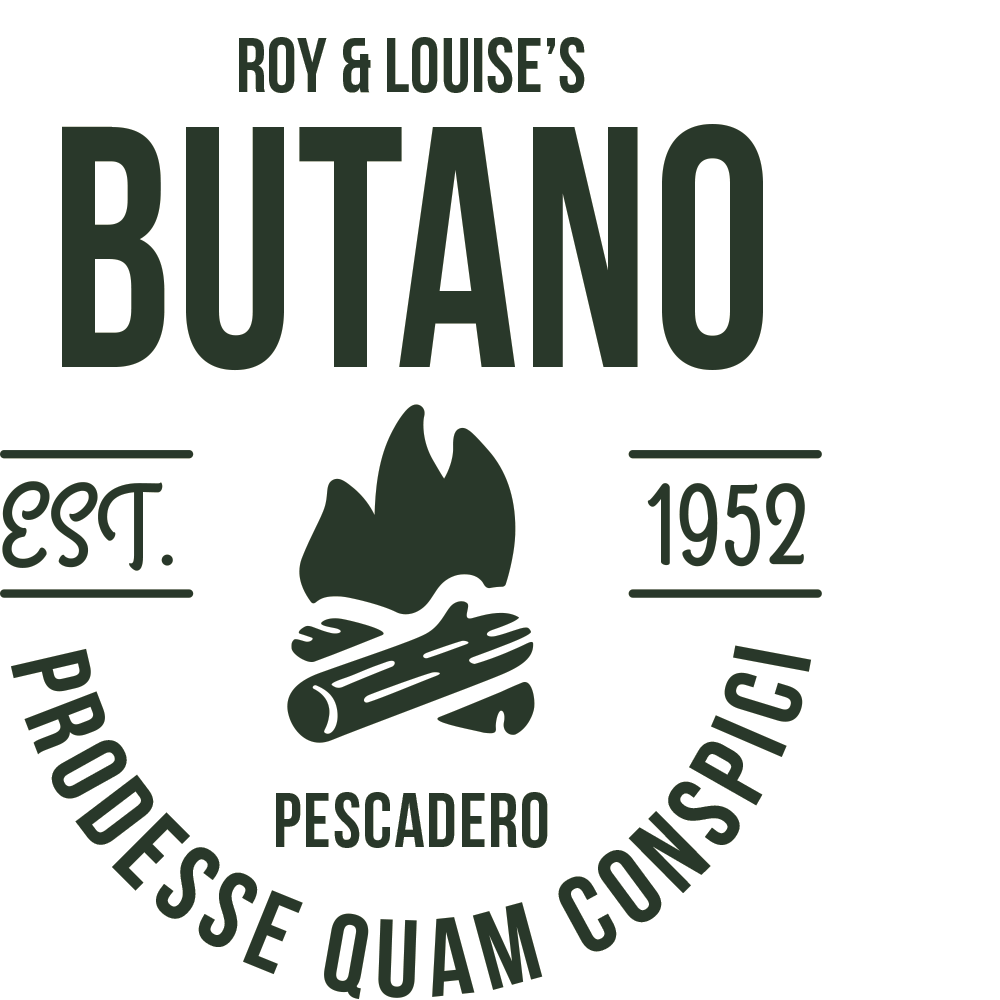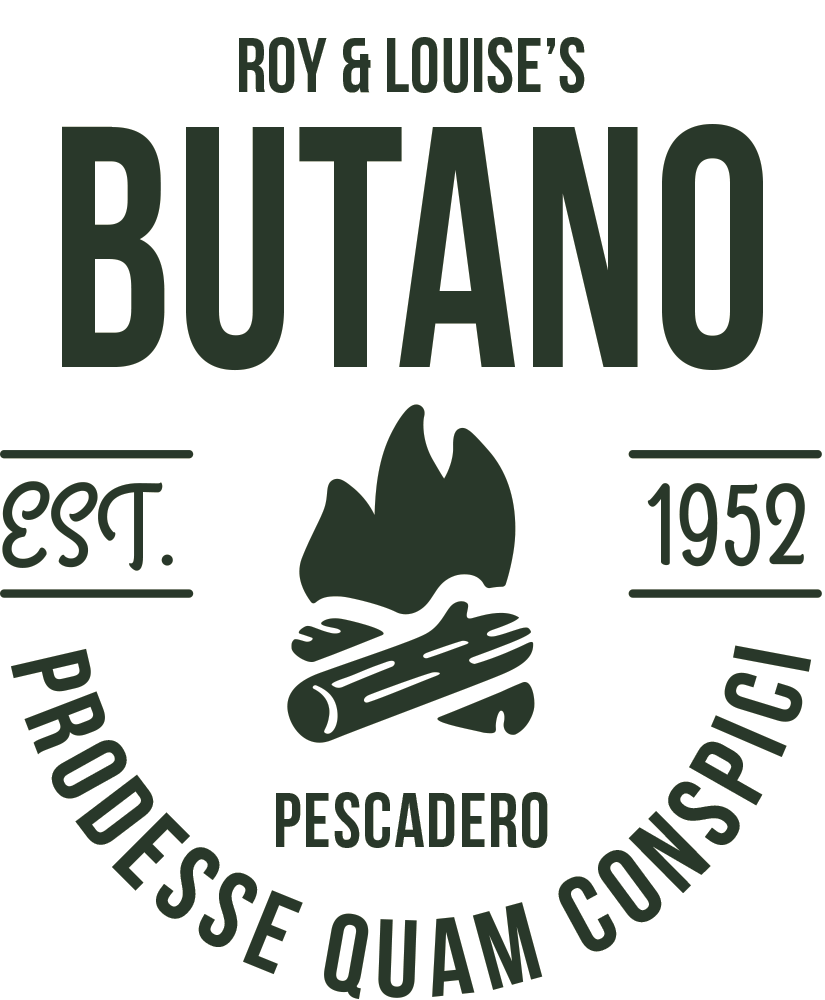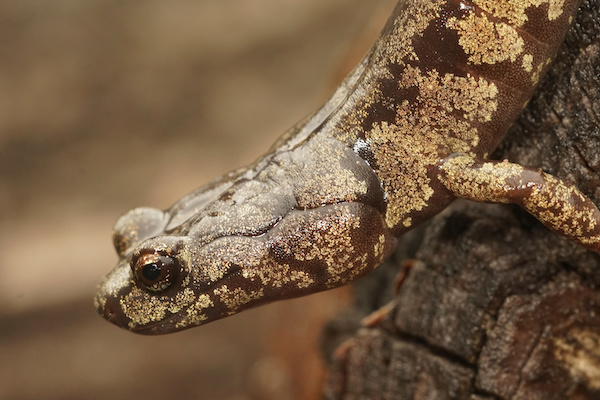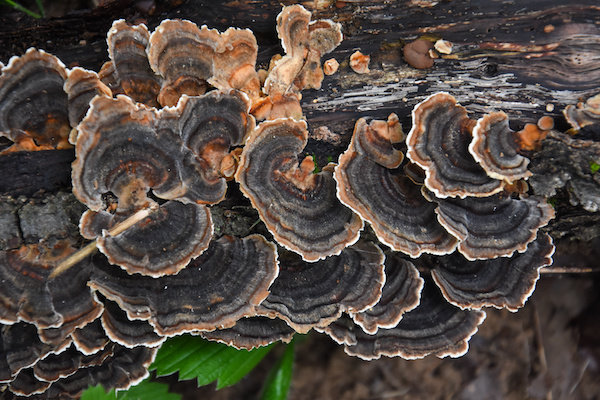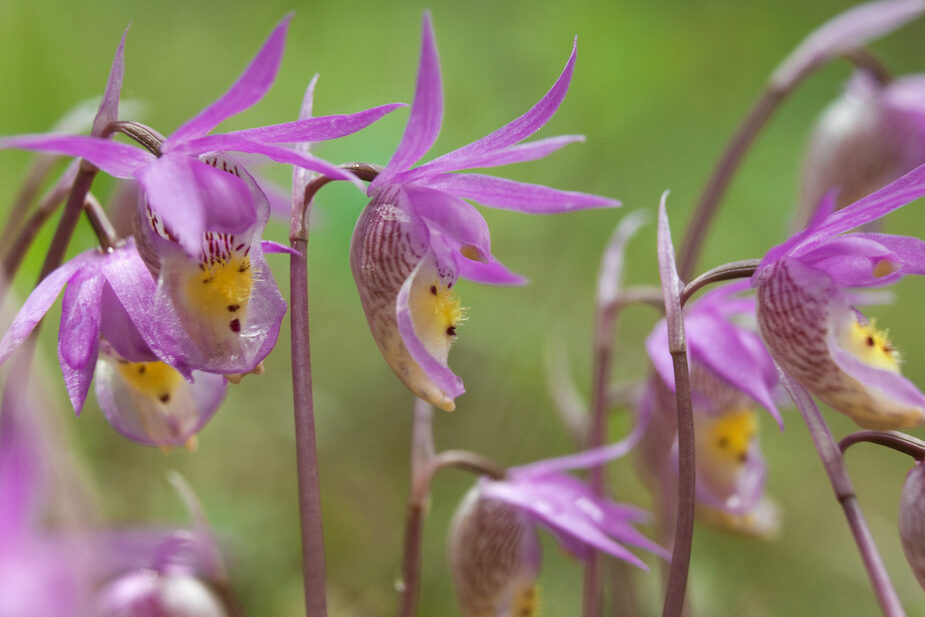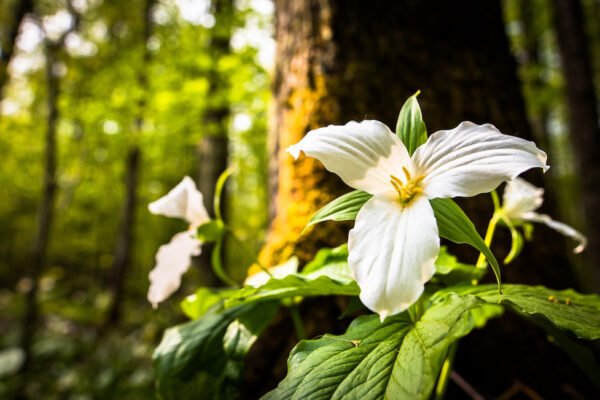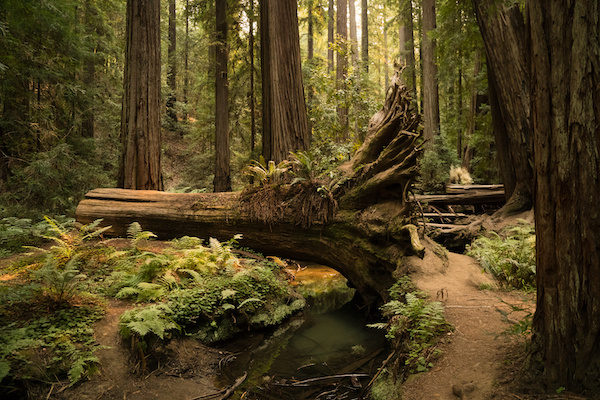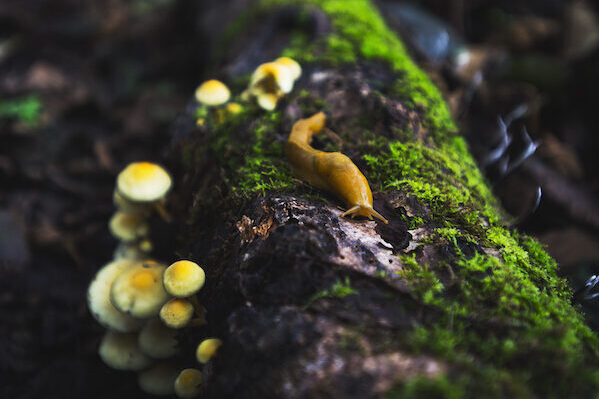Butano Canyon
Butano is situated in the Santa Cruz Mountains midway between Santa Cruz and Half Moon Bay, and is prized for the diversity of its habitats and wildlife, and for the depth of its solitude. Many visitors to Butano — thought to be named after a drinking cup made from a bull’s horn — find it the perfect place to shed everyday stresses. Nature’s vital processes can be seen everywhere. The unusual bend of a redwood tree tells the story of a long-ago earthquake. Elsewhere, the root of an alder tree begins eight feet up its trunk before reaching the ground, revealing the history of flooding in this area.
Native People
The human and natural histories of Butano are closely linked. Though the indigenous people profoundly altered the natural landscape, they both depended upon and had intimate knowledge of it. When the first Spanish explorers reached California after 1769, what is now Butano State Park lay within the territory of the Quiroste tribe — a large group of Native Americans who had settled the area many thousands of years before. The Quiroste hunted game, harvested plant foods, dined on a great variety of seafoods, and sold coastal resources to their inland neighbors using shell beads as money. In autumn, the people burned large tracts of meadowlands to manage the foods they ate — especially hazelnuts and acorns. The fires improved plants that fed the deer, pronghorn, and tule elk they hunted. Their once-managed landscape has reverted to wilderness.
In the San Francisco and Monterey Bay regions, the Quiroste numbered among more than fifty tribes whose descendants are today called the Ohlone. European Settlement European migration brought new settlers to the region, beginning with the 1769 Portolá expedition. The new crops and grazing animals cultivated by these settlers decimated traditional Quiroste food sources, so most of the Quiroste gave up their land and were taken into the Spanish mission system. Some Quiroste hid in the mountains. After the missions were secularized in 1834, the land passed into private hands. Redwood Logging and Preservation In the late 1860s, three families resided in the area — the Jacksons, Taylors, and Mullens. These settlers and a man named Purdy Pharis logged the canyon, transforming the old-growth redwood forest into a variety of second- and third-growth habitats. Stumps and non-native vegetation are now the only signs of the logging that finally ended in the mid-1950s. In 1921, the Sempervirens Club, Save the Redwoods League, and the Sierra Club all joined in the efforts to preserve the land. The property was acquired by California State Parks in 1956; since then, with the help of Save the Redwoods League, it has more than doubled in size.
NATURAL HISTORY
Redwoods get about 30 percent of their vital moisture from fog. As the Earth’s climate warms, reduced fog threatens the redwoods’ long-term survival. Butano State Park harbors six distinct natural communities — each named for its most prominent natural features. Redwood / Douglas-Fir Forest — Much of the interior of Little Butano Canyon is dominated by towering redwoods and mossy Douglas-firs. Huckleberry bushes top the stumps of fallen redwoods. Western wake-robin and false Solomon’s seal bloom at ankle height. Purple calypso orchids bloom from February to April. Redwoods hollowed out by ancient forest fires provide homes for bats. In wet weather, watch out for newts and banana slugs along the trails through the ground cover. Look for tiny pacific wrens, nearly invisible until their resonant songs give away their locations among the logs and stumps. Coastal Grassland — The entrance area is grassland dominated by bush lupine and coyote brush. Blue-eyed grass and coastal suncups grow here. Sunrise and sunset are the best times to see such predators as bobcats and coyotes. Alder Woodland —The first half-mile of Little Butano Creek is shaded by alders. Under their canopy, blackberries, stinging nettles, elderberries, dogwoods, and willows provide food and shelter for insects, small mammals, reptiles, and a variety of birds. Trout, crayfish, and endangered red-legged frogs live in and around the creek.
Look for flowering currants, twinberries, thimbleberries, salmonberries, osoberries, gooseberries, and baneberries. Bright orange chanterelle mushrooms sprout from the decayed oak tree litter. The duff provides a garden bed for honeysuckle, coffeeberry, blackberry, and poison oak. Look for arboreal salamanders on the ground and chickadees and warblers overhead. Pacific tree frogs and California newts swim among the cattails; giant skunk cabbages and other water-loving plants thrive here. Chaparral — On the ridge tops, softer soils turn into the chalky gravel of Santa Margaritas and stone, and tall firs and redwoods give way to shrubby, sap-encrusted knobcone pines, scrub oaks, manzanitas, and chinquapin. Quick-moving western fence lizards scramble underfoot, and rattlesnakes may be encountered. The fragrance of the chaparral and the sight of blooming ceanothus, monkey flower, and Indian paintbrush are well worth a summer hike.
More history is available here.

